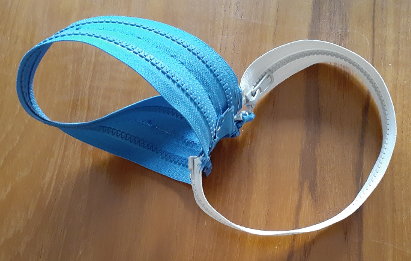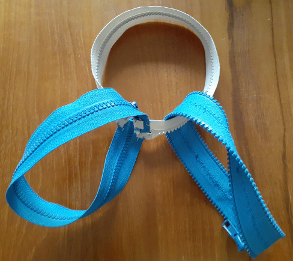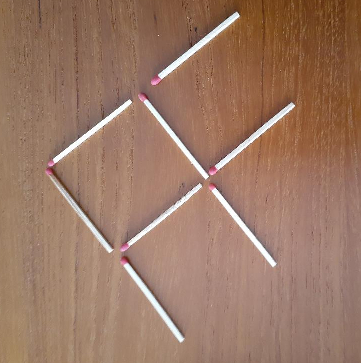Already or Have
I stumbled upon one of Smullyan’s puzzle on Facebook, in Russian. I couldn’t find the original text, so I just translated it back for my students.
Puzzle. You are on an island where only truth-tellers and liars live. The truth-tellers always tell the truth, and the liars always lie. You meet an islander who sits with you for a long time, then says, “I already said this sentence.” Is he a truth-teller or a liar?
I expected the following solution. If this islander is a truth-teller, then there should have been a time when he said, for the first time, “I already said this sentence.” But this would create a contradiction.
However, my students used this puzzle as an opportunity to teach me some intricacies of the English language. They explained to me the ambiguities of my translation. Here is a shortened and lightly edited quote from one of them:
There are two different linguistic opinions that give different answers to this problem. The first is that the truth of a statement is decided at the moment it starts to be delivered: in this case, when the islander starts saying his statement. With this interpretation, for the statement to be true, he had to have said the sentence before, and for that to be true, he had to have said it even before that, and this continues indefinitely. Clearly, he cannot have been alive forever, so he has to be a liar.
The other opinion is that the verity of a statement is decided at the exact conclusion of its deliverance. Then, when the islander finishes saying his sentence, its truth is judged, and he has at that same instant “already” said the sentence, so he is telling the truth. By this interpretation, the islander is a truth-teller.
Another student had a different brilliant idea. Depending on the islander’s intonation, it is possible that he says, “I already said ‘this sentence’.” In that case, there are no self-referencing sentences, and the islander could be either a truth-teller or a liar.
I consulted my best English consultant: my son, Alexey, and here is his reply. “The basic answer is that neither truth nor semantic meaning are absolute, and edge cases will be judged differently by different observers. A sentence whose truth is time-dependent on the same scale as the duration of uttering the sentence is clearly an edge case. That’s why mathematicians intentionally try to eliminate ambiguity from their communication.”
He suggested the following fix for the puzzle’s translation.
Fixed puzzle. You meet an islander who says, “I have said this sentence before.” Is he a truth-teller or a liar?
Alexey didn’t stop at fixes and suggested the following bonus puzzles.
Bonus puzzle 1. You meet an islander who says, “I will have said this sentence.” Is he a truth-teller or a liar?
Share:Bonus puzzle 2. You meet an islander who says, “I will say this sentence again.” Is he a truth-teller or a liar?




